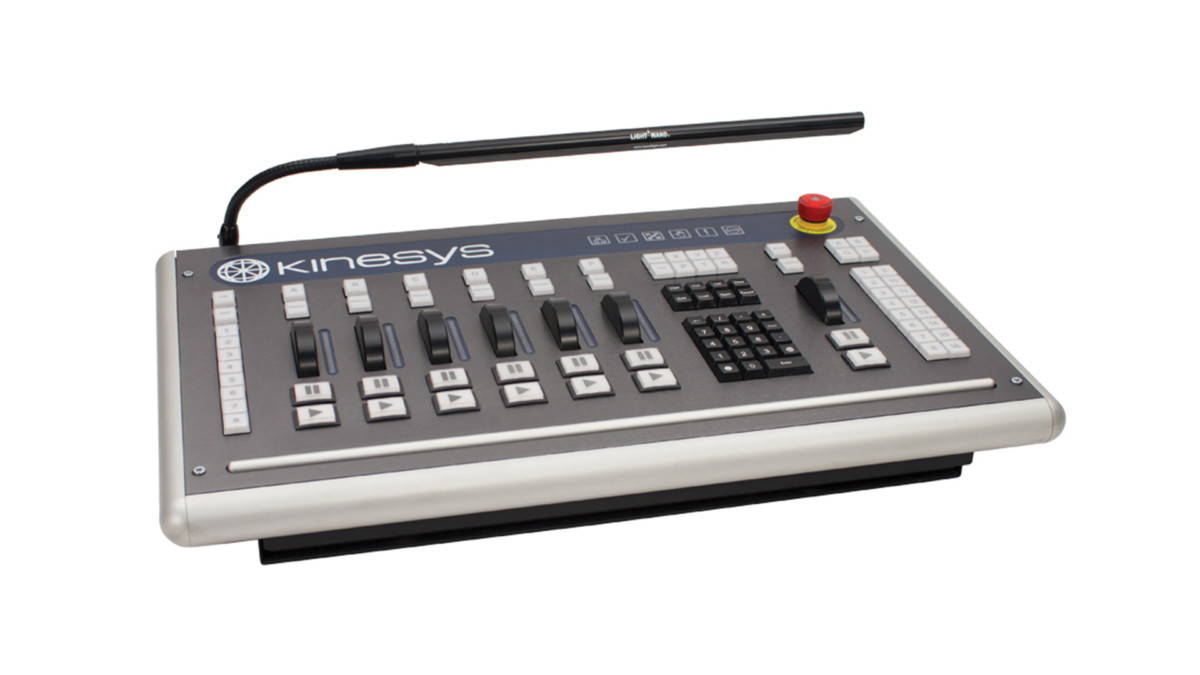Kinesys Encoder Scaling Calculator
What is it?
Encoder scaling is the number that is used to ensure that the distance an object (with an encoder attached) physically travels matches the distance that our software thinks it has travelled. For example, if an encoder scaling is incorrect moving an object in our K2 software 1m could result in the object only physically travelling 75cm.
Each different type of encoder will have a different encoder scaling, this can also vary by manufacturer and model.
How to work it out?
To work out an encoder scaling use the following formula:
New Encoder Scaling = Old Encoder Scaling x Distance Physically Travelled ÷ Distance Computer Says You Have Travelled
This will typically give you a four digit number.
When working out encoder scaling, first mark or note the physical starting position of the object you are moving. Then move the object 1m in K2 or Vector and measure how far the object has actually travelled. These measurements combined with the encoder scaling you were using to carry out the test provide you with all of the information that you need to work out the new encoder scaling.
An example of this would be:
5360 (New Encoder Scaling) = 4895 (Old Encoder Scaling) x 1095m (Distance Physically Travelled) ÷ 1000m (Distance Computer Says Travelled)



